I-Bond Interest Rate Changes in November 2022
What are Series I-Bonds?
Series I Savings Bonds also known as I-bonds are a financial instrument backed by the United States federal government. They were created by the US Treasury in 1998 to help investors hedge against inflation. These bonds have become significantly more popular in 2022 because the high inflation we have experienced has caused I-bonds to pay out high rates of interest. They did not pay a competitive rate when inflation was held at 2%, but inflation has remained over 8% for seven months and interest rates are through the roof. Therefore, while the stock and bond markets decline, I-bonds seem to be unmatched in returns.
How is the Interest Rate Calculated?
I-bonds are calculated using both a fixed rate and inflation-adjusted rate. These rates are announced twice a year, on May 1st and November 1st. The fixed rate is typically low and applies to all bonds issued during the next six months. While the inflation-adjusted rate is variable and will change every six months. The rate is determined using changes in the non-seasonally adjusted Consumer Price Index for all Urban Consumers (CPI-U).
Remember, these interest rates are stated in annualized terms and change every six months. Which means if the stated interest rate is 5% then you will receive 2.5% for the six month period. Then if the rate was 6% for the following six months, you would receive 3% for that period, resulting in an annual return of 5.5%.
What has Changed?
During the May 2022-November 2022 period, I-bonds paid an annualized rate of 9.62%. Using the logic above, investors would have received a 4.81% return over those six months. This is an impressive return, especially when many asset classes were experiencing losses. To contrast, the average S&P 500 return over the past 20 years is 9.576%, which means the interest the I-bonds were paying exceeded the average S&P 500 return. There are not many situations where you can invest in a guaranteed bond and outperform the stock market.
Now for the changes. We have entered the next six month period and the I-bond interest rate has been recalculated. From November 1, 2022 to April 30, 2023, investors can purchase I-bonds that will pay an annualized rate of 6.89%. This can be interpreted as a 3.445% return over six months. For those of you who purchased I-bonds last cycle, your total annualized return will be 8.255% (4.81% + 3.445%) for the year. I don’t know many people who would be unhappy with a stress-free 8.225% annual return hence all the recent hype around I-bonds.
Are I-Bonds Taxed?
I-bonds are exempt from state and municipal, but not federal income taxes. Although, some investors may be subject to estate and inheritance taxes as well. These taxes can be paid at the end of the year or at maturity of the bond. Remember, the owner of the bond is liable for tax payments, so if you were gifted your I-bonds then be prepared to cover the taxes at the end of the year.
Negative Aspects:
Purchase Limitations
There are two negatives that stand out about I-bonds. First, is the limit on how much you can purchase. A single individual can purchase $10,000 worth of I-bonds each year, and a married couple can purchase $20,000 worth ($10,000 per Social Security number). This is a small amount, especially for those with million dollar investment accounts.
Although there are exceptions to the rules. First, if you overpaid your taxes then you can use up to $5,000 of your tax refund to purchase I-bonds. Additionally, if you own a business or have a trust, then you can purchase an additional $10,000 for each of those entities. Therefore, if you are determined to purchase more, there are ways to get more than $10,000 worth of I-Bonds each year.
Holding Period
The other issue about I-bonds is the holding period. Yes, the rate is recalculated every six months, but the maturity on these bonds is much longer. I-bonds have an original maturity period of 20 years with a 10 year extended maturity period so it can be interpreted as 30 years.
You are required to hold I-bonds for at least one year, but if you sell the bonds within five years then you forfeit the previous three months of interest. For those held longer than five years, there is no penalty at sale. The issue is that if inflation declines significantly, then you may be caught between holding a low interest yielding bond and selling it early for the penalty.
How to Purchase I-bonds?
Other than through your tax refund, I-bonds can be purchased electronically on the TreasuryDirect website. They can’t be purchased through a brokerage account. The process includes creating an account with TreasuryDirect, providing the necessary information, linking a bank account and then creating a password. It should take most people about 10 minutes to complete this process. When I opened an account for myself earlier this year it was easy and my account was immediately opened. However, a few days later I tried to open an account for my wife and the account was not opened immediately. There was some issue with her social security number. We had to wait a few weeks for the account to be opened which was a bit frustrating.
Once your account is opened you will then log back into www.treasurydirect.gov to make your purchase. When you log into to you TreasuryDirect account you may need get a one time password through email. So have you email account handy. When logged in you will select buy direct on the top menu. Then you will select Savings Bonds, Series I. Next you select enter the amount of your purchase up to the annual limit of $10,000 per tax id number and your source of funds and click submit. It’s that easy. Shortly after you’ll see the money being debited from your bank account. If you log back into your TreasuryDirect account a few days later you will see the I-bond now in your account.
If you happened to miss making a purchase before November 1st of this year, when the rates went down, don’t fret. You still have time to take advantage of this 6 month I-bond rate of 3.445%, which is still excellent. You could make a purchase in 2022 and then again in 2023 before the next 6 month rate is declared on May 1st 2023.

